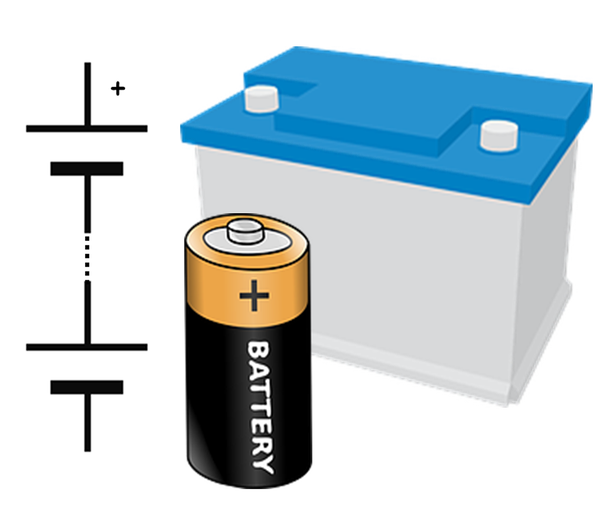This article was published in Scientific American’s former blog network and reflects the views of the author, not necessarily those of Scientific American
A team of engineers has developed a low-cost, all-solid-state battery that is both non-combustible and fast-charging according to their new paper published in the journal of Energy & Environmental Science.
This team was led by 94-year-old John Goodenough, a Professor in the Cockrell School of Engineering at The University of Texas at Austin and the co-inventor of the well-known lithium-ion battery. In his latest breakthrough, Professor Goodenough, senior research fellow Dr. Maria Helena Braga, and their two colleagues have created a low-cost all-solid-state battery that:
is noncombustible
has a long cycle life (i.e. battery life)
is at least three times more energy dense than today’s lithium ion batteries
can be both charged and discharged quickly
On supporting science journalism
If you're enjoying this article, consider supporting our award-winning journalism by subscribing. By purchasing a subscription you are helping to ensure the future of impactful stories about the discoveries and ideas shaping our world today.
They key to their new design lies in the use of glass electrolytes. In today’s lithium-ion batteries, liquid electrolytes are used to transport the lithium ions between the anode (the negative side of the battery) and the cathode (the positive side of the battery). If the battery cell is charged too quickly, short circuits can occur and lead to explosions and fires.
By replacing these liquid electrolytes with glass, the team’s engineers were able to eliminate the threat of unwanted fires and explosions while simultaneously increasing the amount of energy that can be safely stored in the battery. Furthermore, according to Braga:
“The glass electrolytes allow for the substitution of low-cost sodium for lithium. Sodium is extracted from seawater that is widely available”
According to these engineers, their battery design could lead to safer, faster-charging, longer-lasting rechargeable batteries for handheld mobile devices, electric cars and stationary energy storage systems. According to Goodenough:
“Cost, safety, energy density, rates of charge and discharge and cycle life are critical for battery-driven cars to be more widely adopted. We believe our discovery solves many of the problems that are inherent in today’s batteries.”
One can read more details on this new battery design for free here.
Reference: Braga, M.H., N. S. Grundish, A. J. Murchisona and J. B. Goodenough. Alternative strategy for a safe rechargeable battery. Energy Environ. Sci., 2017,10, 331-336 DOI: 10.1039/C6EE02888H
